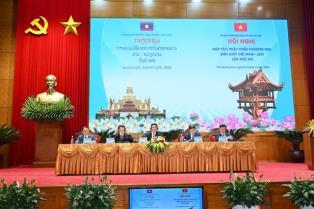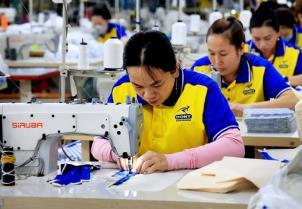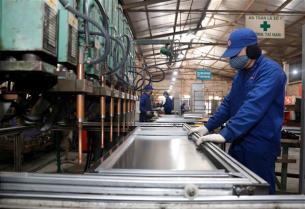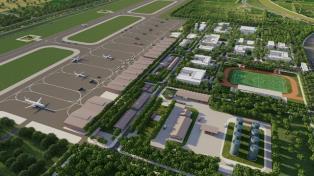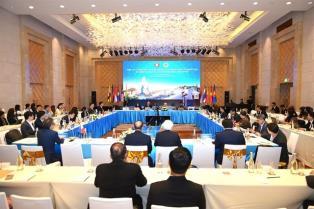The city hopes to harness its dynamic retail market, strong logistics network and vibrant tourism sector to anchor the service economy and compete with regional shopping hubs like Bangkok, Singapore and Kuala Lumpur.
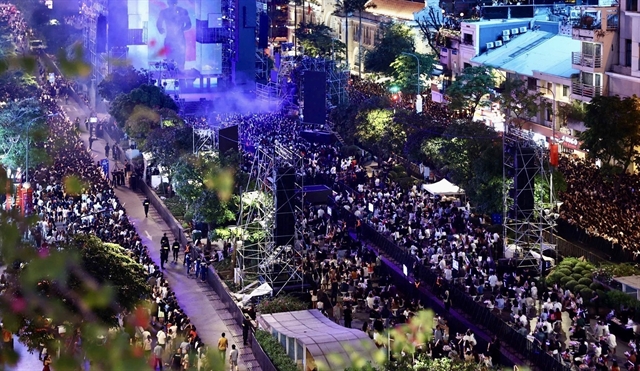
HCM City, Việt Nam’s economic locomotive, is rolling out an ambitious plan to transform itself into a premier international shopping destination by 2030.
As the country’s gateway for trade, finance and innovation, it hopes to harness its dynamic retail market, strong logistics network and vibrant tourism sector to anchor the service economy and compete with regional shopping hubs like Bangkok, Singapore and Kuala Lumpur. Trade and services remain the city’s key pillars, accounting for around 60 per cent of its economy.
Despite global challenges such as slowing demand and a volatile logistics situation, the domestic market has shown impressive resilience. In the first nine months of 2025, the value of retail sales and services in the city rose by 15.3 per cent year-on-year, with full-year growth expected to reach 18 per cent.
The city's Department of Industry and Trade forecasts turnover for the full year to be around VNĐ1.68 quadrillion (US$66.4 billion).
Food, beverages and essential goods make up around 31 per cent of consumption, while household equipment and electronics account for over 21 per cent, reflecting the rising spending power of the city’s young, tech-savvy population.
Local firms have adapted quickly to post-COVID supply disruptions by diversifying import sources, investing in cold-chain logistics and expanding e-commerce. Major retail players such as Saigon Co.op, Wincommerce, AEON, Central Retail, and MM Mega Market are broadening their networks while working with city authorities to stabilise prices and ensure steady supply.
Through stronger producer-distributor links, the city aims to reinforce supply chains, promote domestic products and secure a sustainable growth base.
The city’s Price Stabilisation Programme, now in its 23rd year, remains a key tool for maintaining market balance during major shopping seasons such as the Lunar New Year. In 2025, more than 5,000 retail outlets, supermarkets and convenience stores are participating, offering 20–50 per cent discounts on over 40,000 products.
The programme helps stabilise prices of essential goods such as rice, cooking oil, meat, vegetables, and dairy, easing inflationary pressure and supporting low-income households.
Beyond traditional promotions, HCM City is also encouraging green and responsible consumption, use of biodegradable packaging, reduction in plastic waste, and eco-friendly logistics. Retailers are urged to adopt energy-efficient lighting, optimise cold storage and introduce eco-label products.
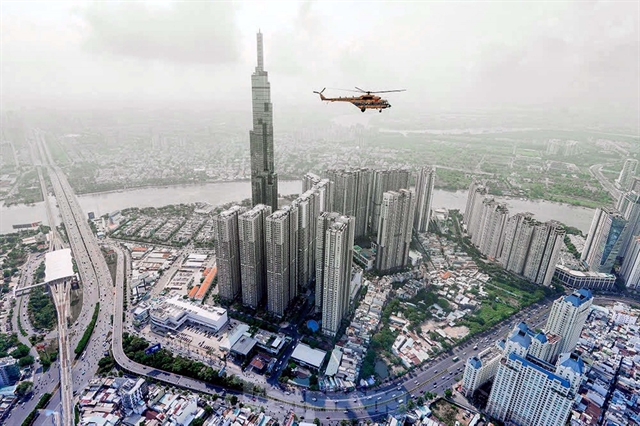
“Consumers now care about sustainability as much as price and convenience,” Nguyễn Nguyên Phương, deputy director of the Department of Industry and Trade, said.
“Our goal is to make responsible consumption part of daily life.”
Tourism, transport driving retail expansion
Tourism is also a key driver of retail growth. The city targets 10 million international and 40 million domestic visitors this year, and tourism revenues to achieve double-digit annual growth.
Shopping is being integrated into tour packages, and high-end malls are cooperating with travel agencies to design tailor-made “shopping tours”.
Streets such as Đồng Khởi, Nguyễn Huệ and Lê Lợi are being upgraded to blend modern retail, dining and entertainment. New commercial centres are emerging in Thủ Đức City and along Nguyễn Văn Linh and Phạm Văn Đồng boulevards, expanding shopping zones beyond the downtown core.
A central part of the city’s vision is connecting the retail sector with the transport network to enhance access for both locals and visitors.
The completion of Metro Line No 1, linking Bến Thành Market with Suối Tiên Theme Park, will be pivotal in shaping future urban commerce. The city plans to integrate metro stations with nearby shopping complexes, public plazas, and pedestrian areas to create seamless retail experiences.
Major stations such as Bến Thành, Opera House, and Thảo Điền are expected to become “transit shopping hubs”, allowing passengers to combine commuting and leisure in one trip. This model, known as transit-oriented development, is a global trend that reduces congestion, cuts emissions and promotes efficient land use by developing high-density, mixed-use zones around transport corridors.
According to the city's Department of Planning and Architecture, new mixed urban-commercial areas will be prioritised in Thủ Đức, District 7 and Bình Tân, which will host shopping centres, logistics hubs and residential towers connected by metro, bus and ring road networks.
“HCM City must evolve beyond its downtown core,” Lê Hoàng Châu, chairman of the HCM City Real Estate Association, said.
“Linking commerce with transport will decentralise economic activity, ease pressure on central districts and create new growth poles.”
Such integration supports the city’s transition toward a multi-centre metropolis, a model that balances economic vitality with livability and environmental resilience.
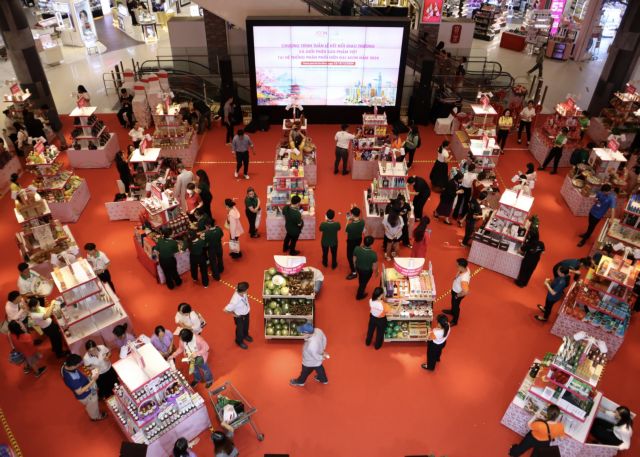
Building a world-class service economy
But turning the city into an international shopping hub requires more than just expanding retail space. Authorities are therefore strengthening the service ecosystem that supports modern consumer experiences, including finance, banking, insurance, IT, healthcare, education, and professional services.
The financial sector, which accounts for nearly 10 per cent of the city’s economy, is being developed as a gateway for global capital flows. Cashless transactions now account for over 70 per cent of total retail payments, while cross-border e-commerce and fintech innovations aim to make shopping more convenient for both locals and visitors.
The city is also upgrading its logistics infrastructure to meet booming e-commerce demand. Smart distribution centres and cold storage facilities are being developed in Củ Chi, Bình Chánh and Nhà Bè to reduce delivery times and costs.
These investments strengthen competitiveness and advance the city’s green supply chain strategy.
Traditional markets, long a cultural backbone of southern trade, are being modernised. Bến Thành, Bình Tây and Tân Định markets are being renovated to preserve their heritage while adopting digital billing, traceable origin systems and improved hygiene practices.
Authorities hope these iconic markets will continue to attract visitors seeking authentic Vietnamese shopping experiences.
Economists emphasise that the city’s success will depend on balancing investment, urban planning and social inclusion.
“The key is to harmonise high-end retail with traditional community markets,” Nguyễn Thị Thu Trang, a lecturer at the University of Economics HCM City, said.
“A truly vibrant shopping destination must reflect both local identity and global standards.”
The city plans to grow the service sector so that it makes up 65 per cent of the economy by 2030.
As Việt Nam deepens global integration, HCM City’s expanding service economy is expected to play a leading role in shaping national competitiveness. A strong retail and service ecosystem will not only boost economic resilience but also improve people’s quality of life.
With its expanding infrastructure, innovative business environment, and youthful consumer base, HCM City is moving steadily toward its vision of becoming one of Asia’s top shopping and lifestyle destinations. VNS
- Tags
- HCM City;shopping

